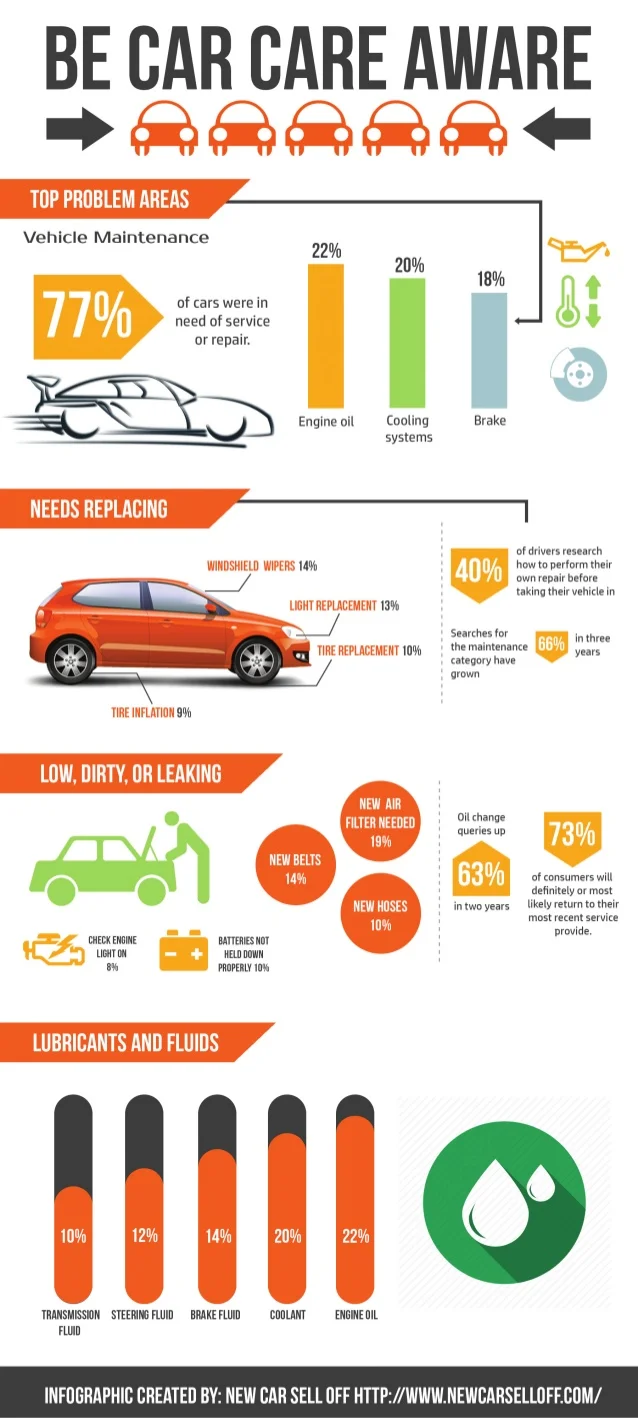Open The Hood To Investigate Typical Brake System Faults And Their Options
Open The Hood To Investigate Typical Brake System Faults And Their Options
Blog Article
Web Content By-McGrath Herring
When it involves your automobile's brake system, recognizing typical problems can conserve you from possible security dangers. From identifying brake pad wear to resolving brake liquid leakages, knowing exactly how to deal with these issues is necessary. But what concerning those squishy brake pedals? There's a repair for that too. Remain tuned for more information concerning these concerns and the practical options that can keep you safely when driving.
Brake Pad Wear and Replacement
When it involves maintaining your car's brake system, one important element to keep an eye on is the wear and replacement of brake pads. Brake pads are crucial elements that press versus the brake blades to reduce or quit your automobile. Gradually, these pads wear down as a result of friction, needing normal inspection and substitute to guarantee your brakes function efficiently.
To establish if your brake pads require substitute, pay attention for shrilling or grinding sounds when you apply the brakes. Furthermore, if your automobile takes longer to stop or you observe vibrations or pulsations when stopping, it might be time to replace the brake pads.
Overlooking used brake pads can bring about reduced braking efficiency, damages to other brake parts, or perhaps brake failing.
Changing brake pads is a reasonably straightforward procedure for several automobiles. However, if you're not sure or uneasy performing this task, it's finest to seek advice from an expert auto mechanic to make sure proper installment and optimum brake efficiency.
Frequently inspecting and replacing brake pads is vital for your safety and the longevity of your automobile's braking system.
Brake Liquid Leaks and Maintenance
To ensure your automobile's brake system works optimally, it is necessary to also pay attention to brake fluid leaks and upkeep. Brake fluid is important for transferring the force from your foot on the brake pedal to the real stopping device. Highly recommended Webpage with brake liquid is leakages, which can occur due to scrubby brake lines, seals, or connections. If you notice a pool or drips under your car, it's essential to resolve the leakage promptly to avoid a prospective brake failing.
https://codyvpkdx.dsiblogger.com/62792834/the-need-of-routine-upkeep-why-your-grease-monkey-is-critical inspecting your brake liquid level is key to preserving your brake system. Reduced brake liquid can cause air entering the brake lines, which endangers braking performance.
Additionally, old or polluted brake fluid can influence the total efficiency of your brakes. It's advised to adhere to the producer's standards on when to alter the brake fluid, generally every 2 years.
Spongy Brake Pedal: Bleeding Brakes
If you have actually ever before experienced a squishy brake pedal while driving, you recognize the relevance of maintaining a company and responsive braking system. One usual reason for a squishy brake pedal is air trapped in the brake lines. When https://brakefluidprice17284.get-blogging.com/30436296/start-your-automobile-repair-procedure-by-checking-out-these-10-essential-inquiries-to-ask-your-technician-before-committing-to-any-kind-of-repair-work goes into the brake system, it can result in a loss of hydraulic stress, leading to that unsettling mushy sensation when you press the brake pedal.
To solve this issue, bleeding the brakes is required. Hemorrhaging the brakes includes eliminating the air from the brake lines to bring back appropriate hydraulic stress.
To hemorrhage the brakes, you'll need an assistant to help you. Start by locating the brake bleeder shutoff on each wheel, normally found near the brake caliper. With a wrench, loosen the shutoff and have your helper press the brake pedal while you observe any kind of air bubbles coming out. Repeat this process for each and every wheel, starting from the wheel farthest from the master cylinder and relocating closer.
As soon as you no more see air bubbles and only clear fluid arises, tighten up the valve and top up the brake liquid storage tank as needed. Hemorrhaging the brakes assists ensure a firm brake pedal and improves overall stopping efficiency.
Final thought
Since you understand typical brake issues and just how to fix them, you can ensure your vehicle's security and efficiency. Bear in mind to listen for indication like screeching noises or spongy brake pedals, and address them immediately. Routine maintenance and timely replacements are essential to maintaining your brakes in leading condition. Keep aggressive and alert to your brake system to enjoy safe and dependable driving experiences.
